4.Your manifesto speaks of a certain “seismographic perception of a person”, please explain what exactly this means and how it is displayed in your works.
My “muses” should be able to show themselves to be as vulnerable as possible. Of course, this requires a lot of preparatory work, a process that I call very valuable. In the process, we build trust, open up, deliver each other. You go through different phases together, which are sometimes attractive, sometimes painful. Later, a clear psychogram of a personality emerges – in the case for me: a photographic image of the „current“ muse. This means that a „seismographic“ approach means a meticulous recording or demonstration of the characteristics of a muse.
5.The starting points in your work are eternal human conflicts; power and dependence, destruction and creation. What exactly do you project in your works? Process or decision
The process is supposed to satisfy me in the first place and when it happens, I automatically trigger new thoughts and thus also offer solutions. Whether these solutions can be applied to other individuals is less important to me. It is enough if questions arise. „Mark“ questions people – I like this idea.
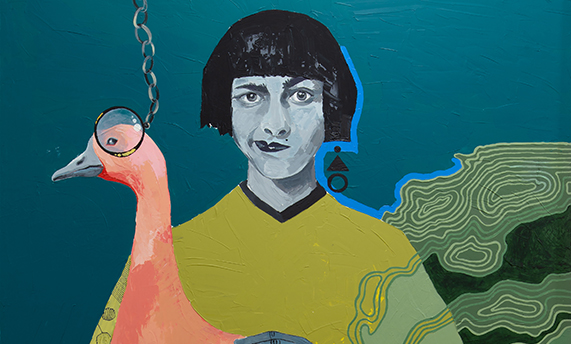
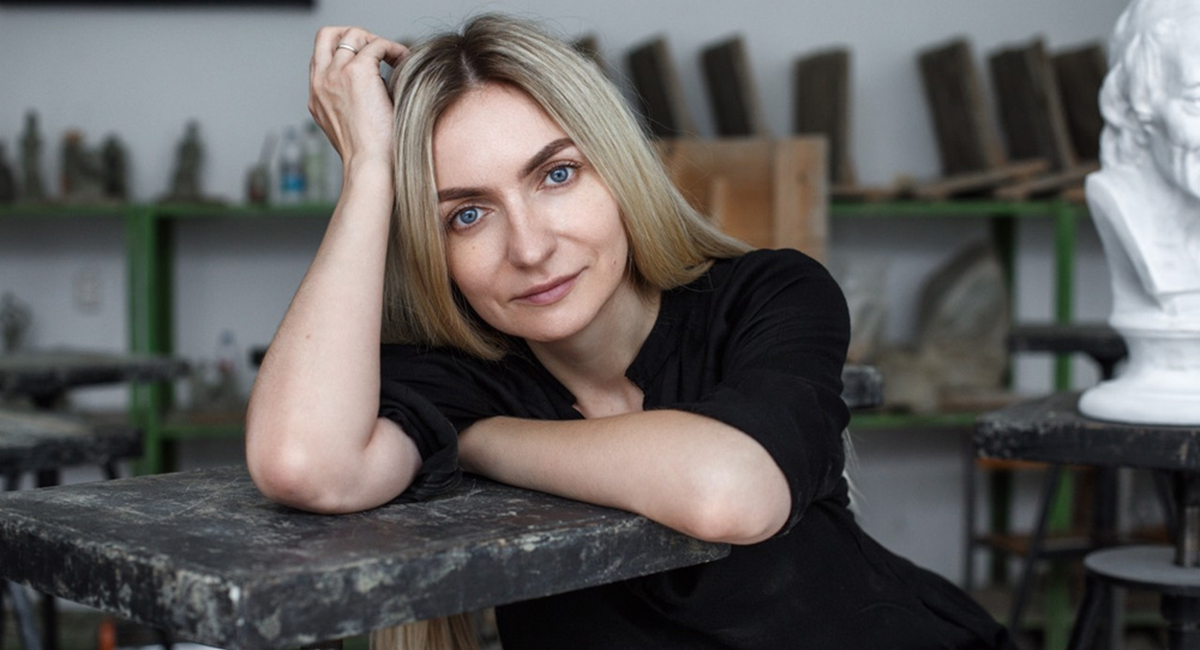
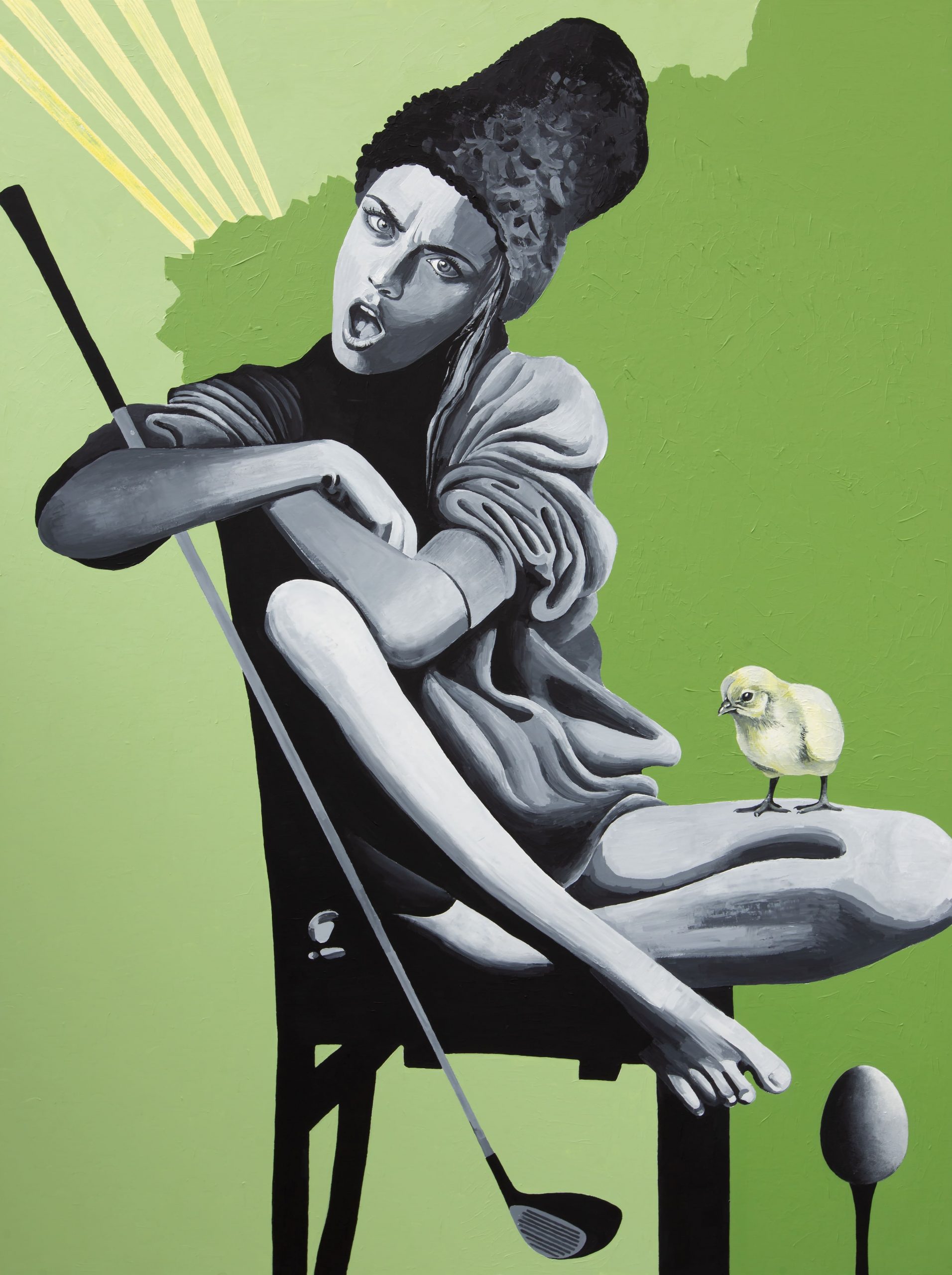
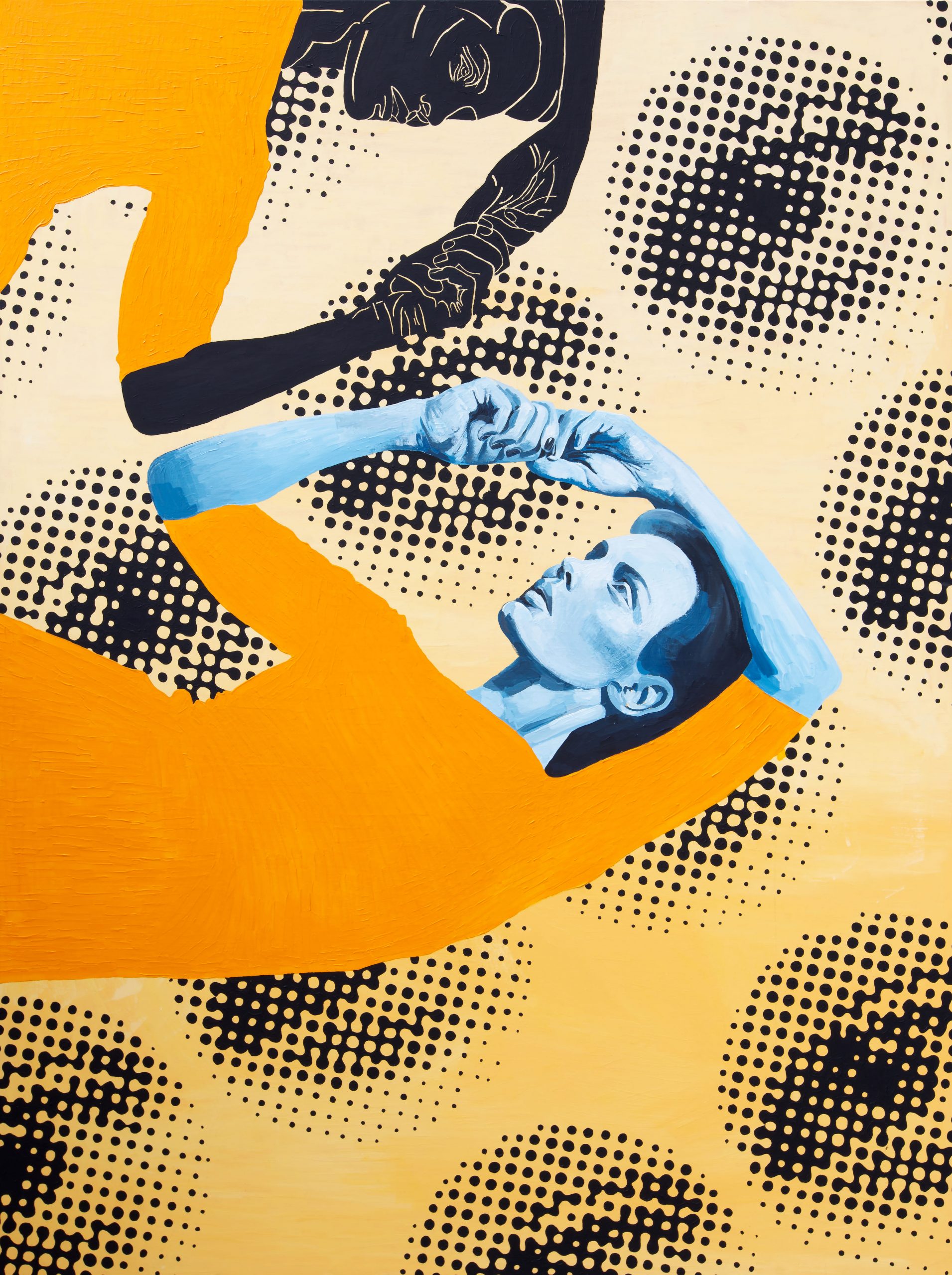
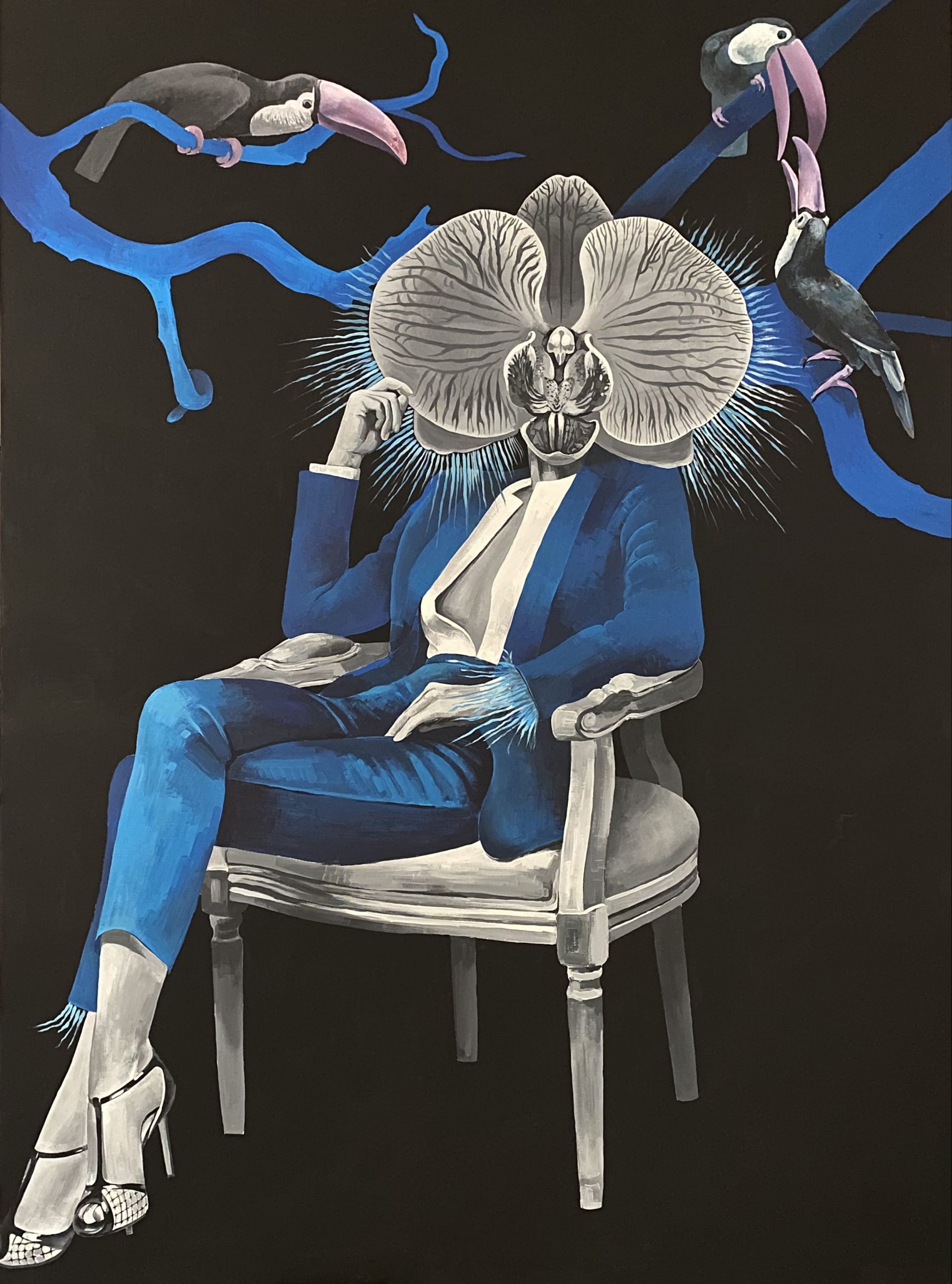
![]() Futurological Congress, 2020
Futurological Congress, 2020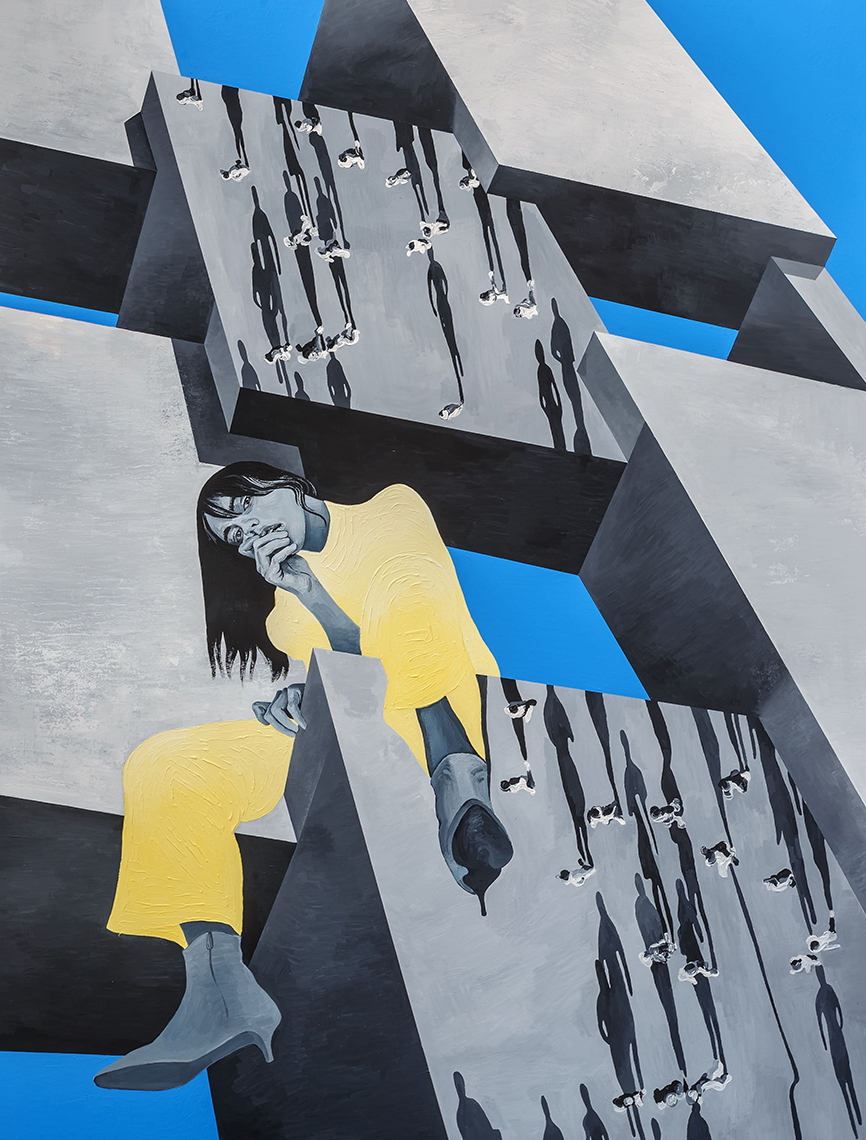
![]() The Blue Heaven, 2019
The Blue Heaven, 2019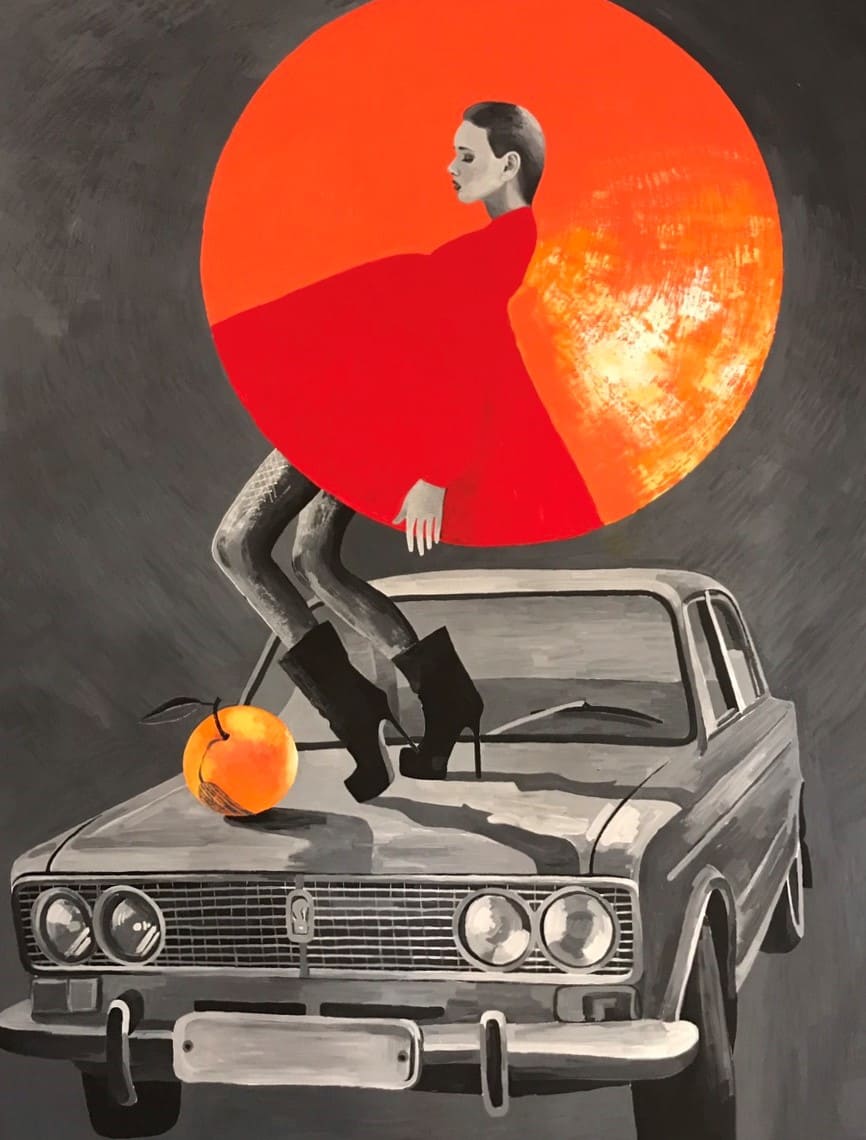
![]() Orbital Station, 2019
Orbital Station, 2019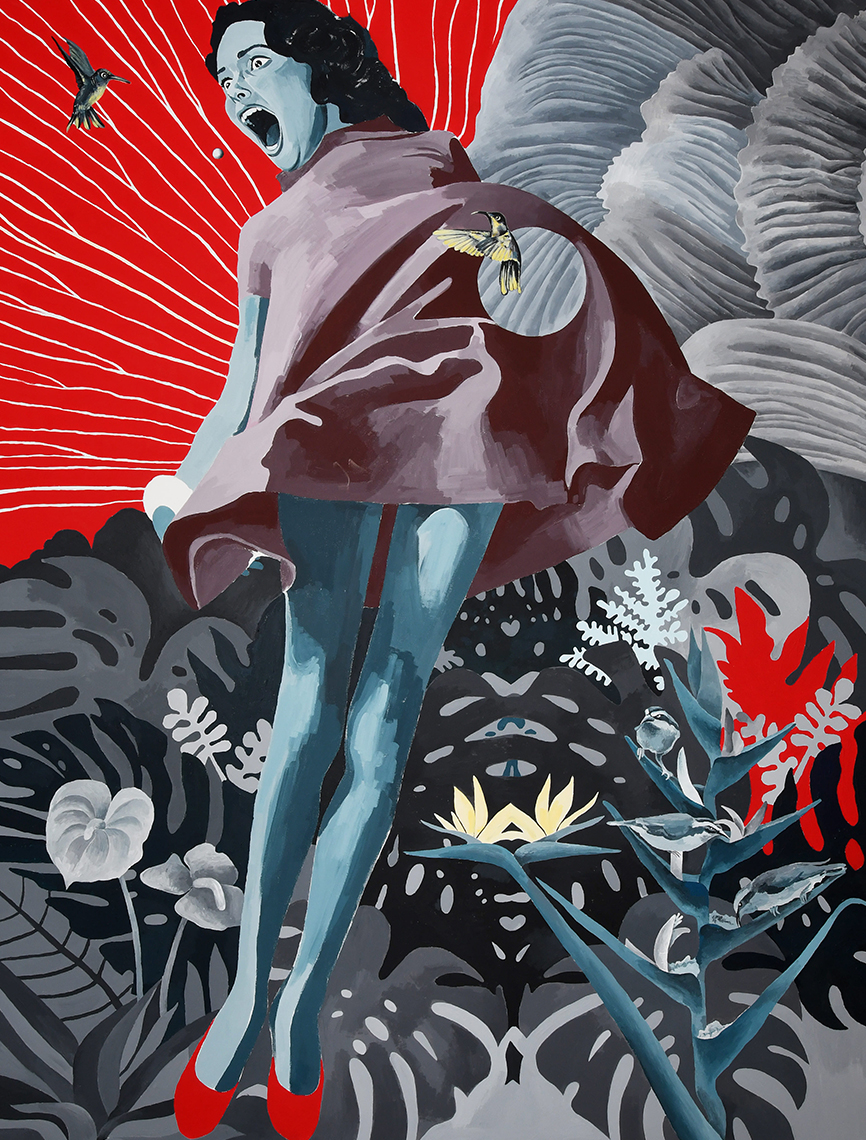
![]() Paradoxical Illiusions, 2018
Paradoxical Illiusions, 2018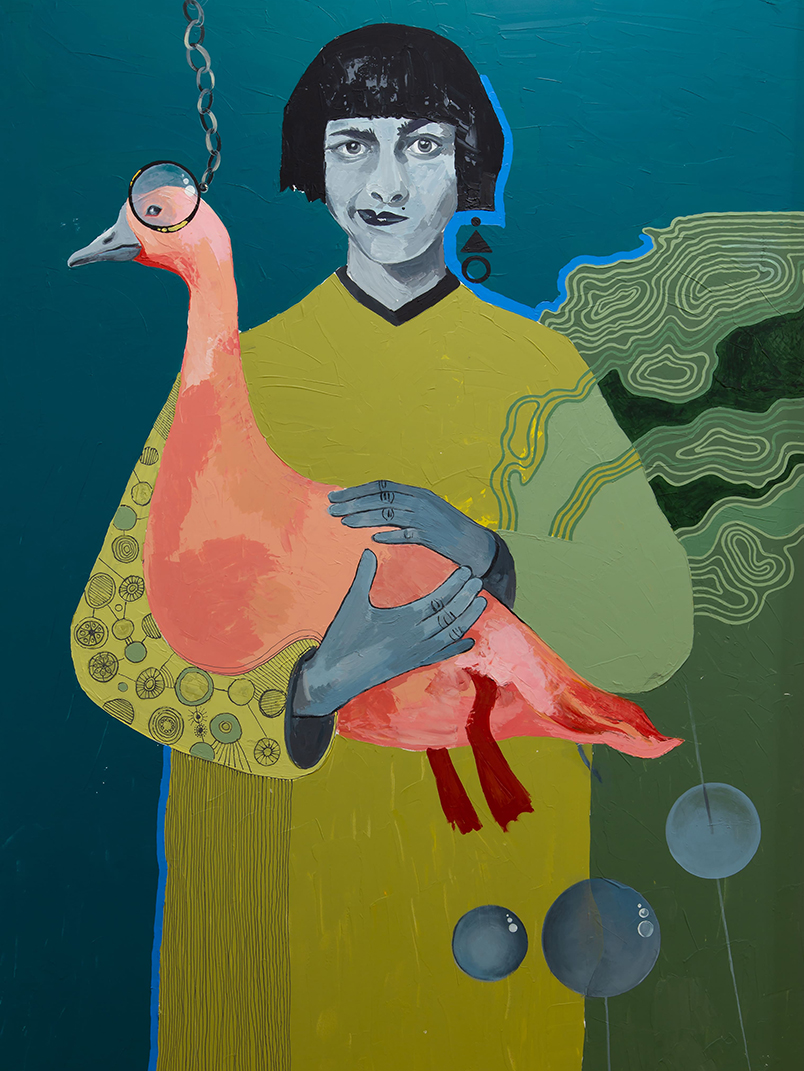
![]() Shifting the Schizo-pole or gorgeous product that you can sell, 2018
Shifting the Schizo-pole or gorgeous product that you can sell, 2018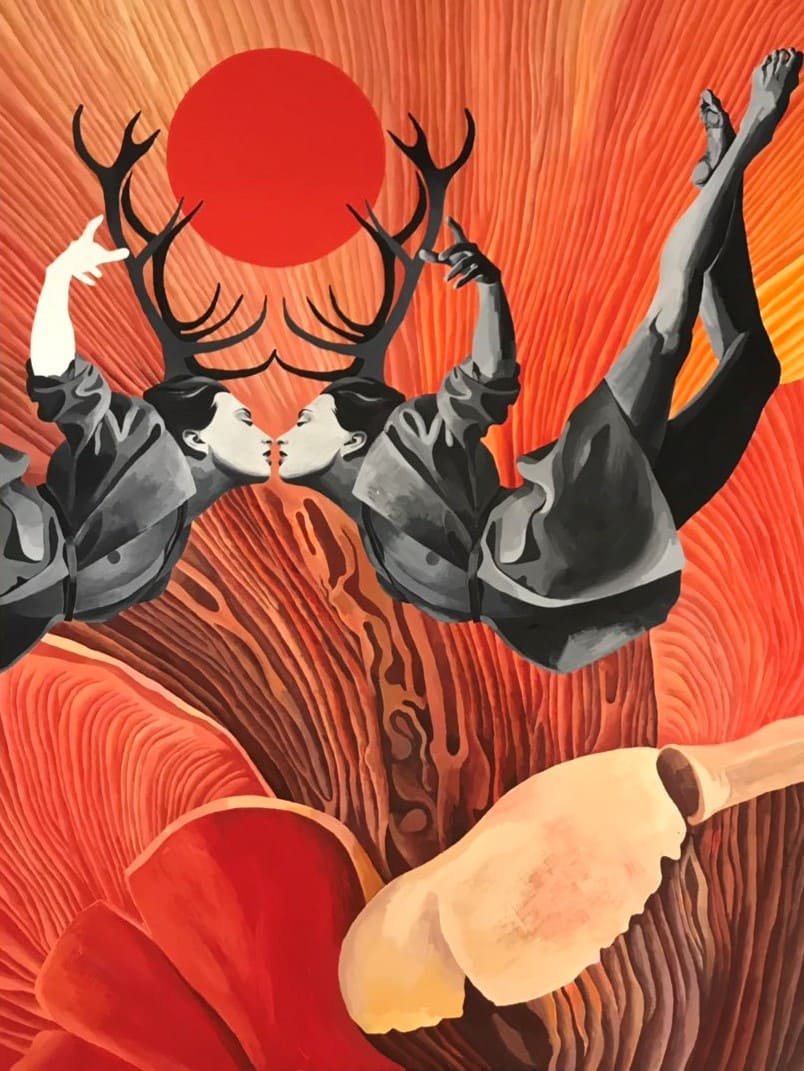
![]() The infinity is multiplied by reflection, 2018
The infinity is multiplied by reflection, 2018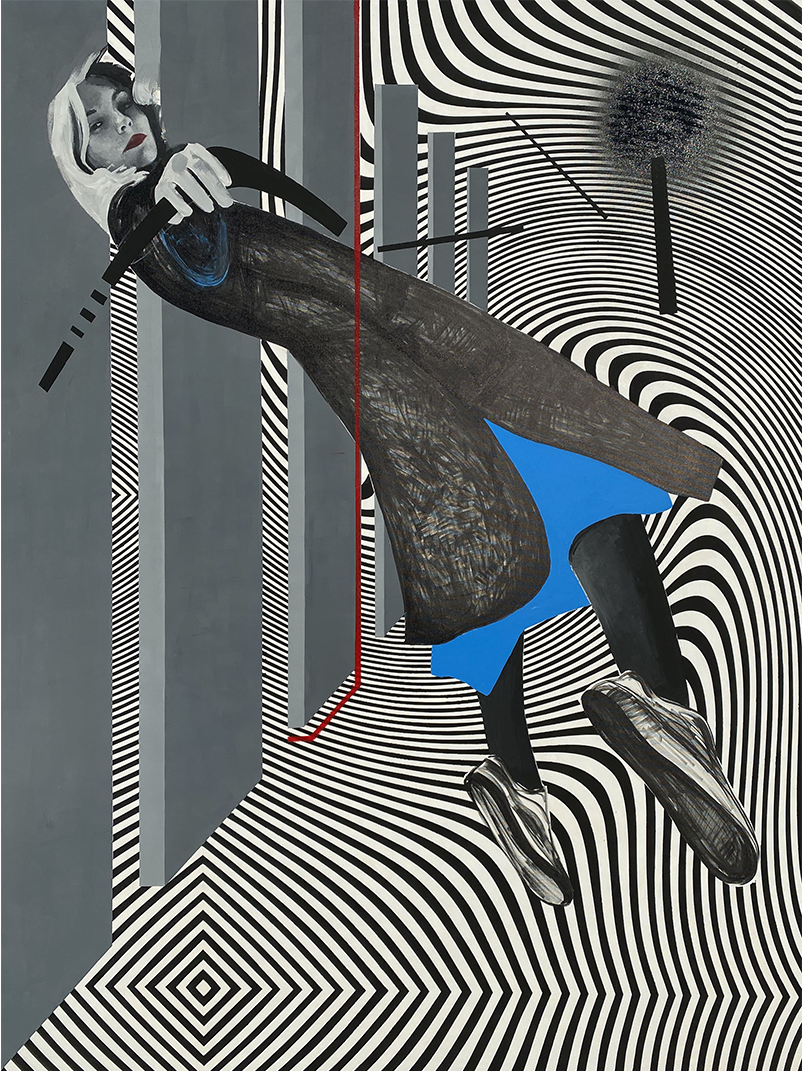
![]() XY00, 2020
XY00, 2020
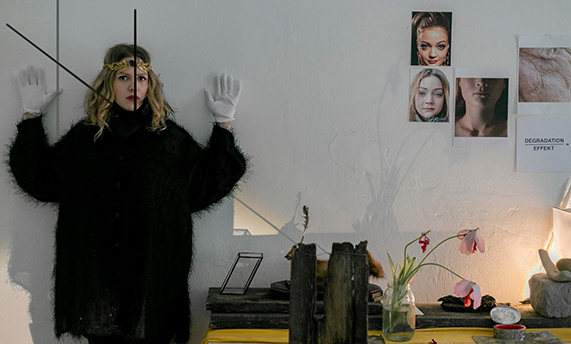
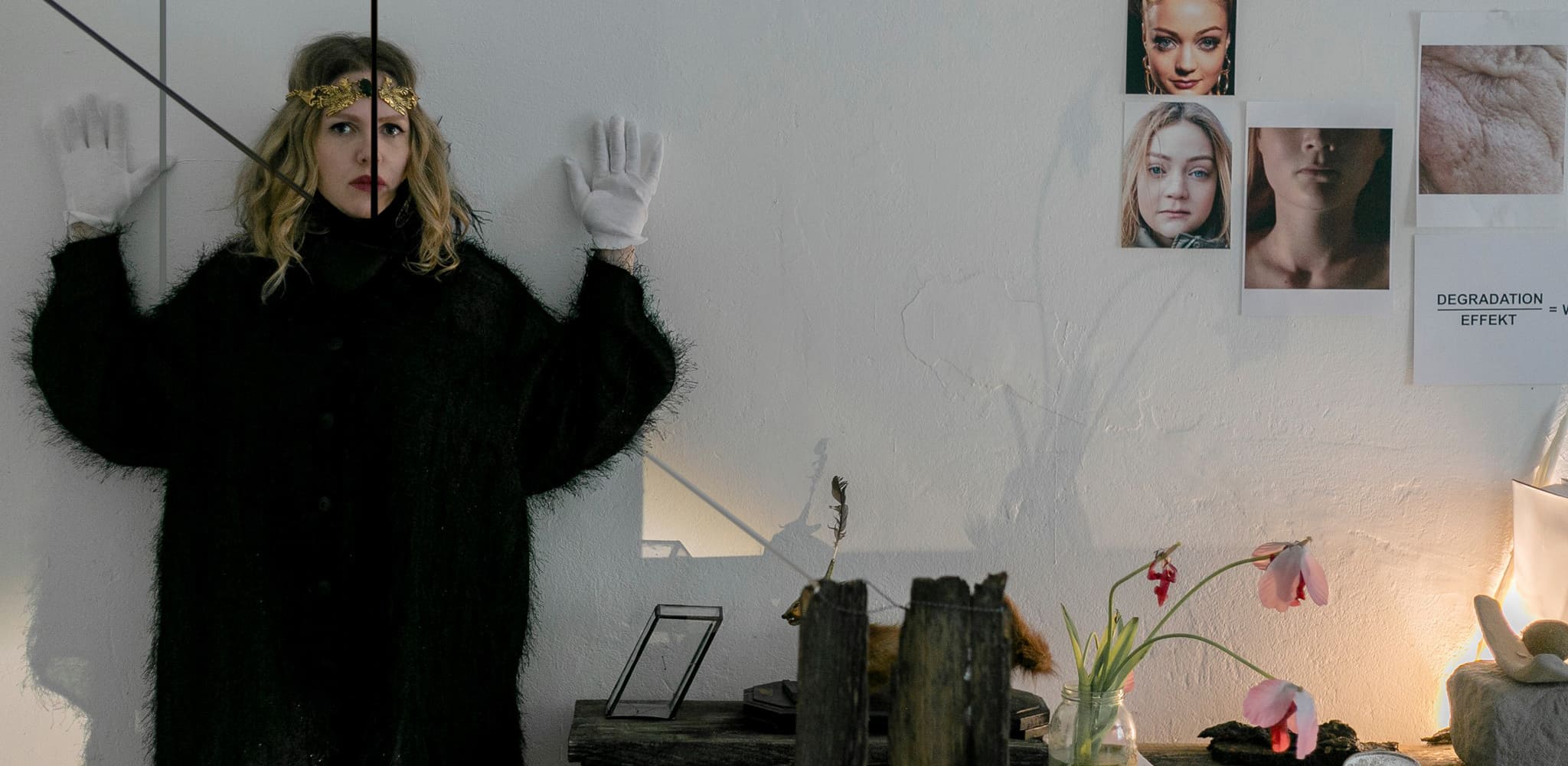
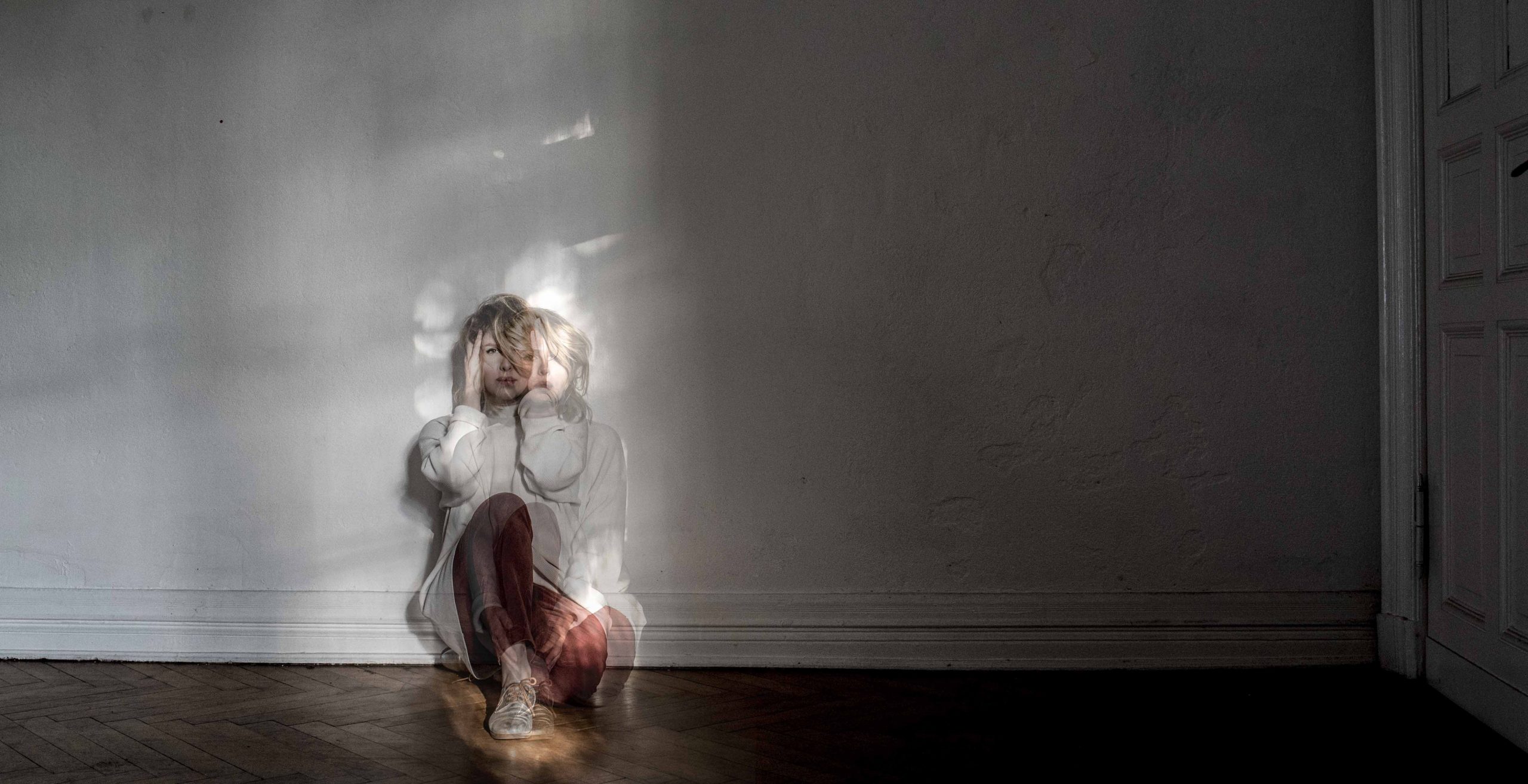
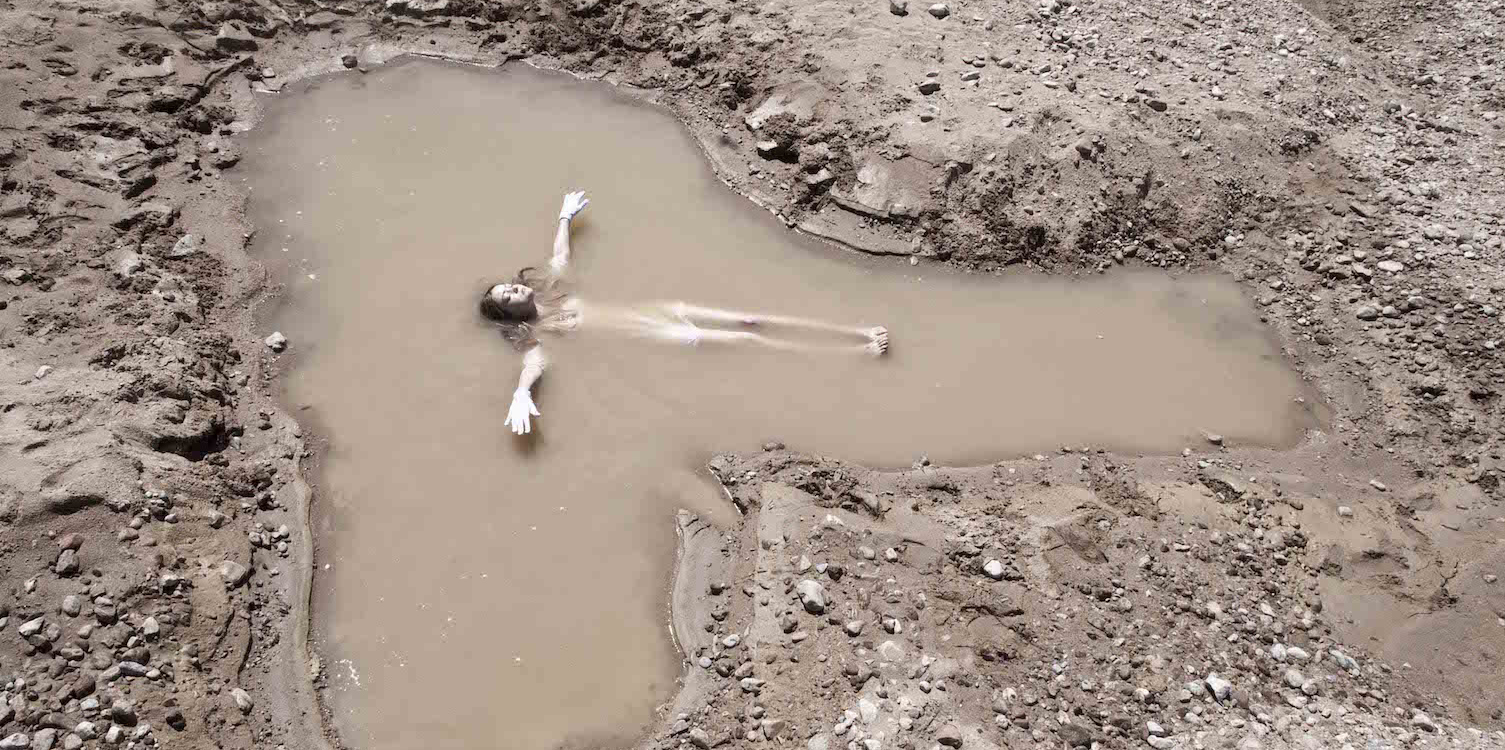
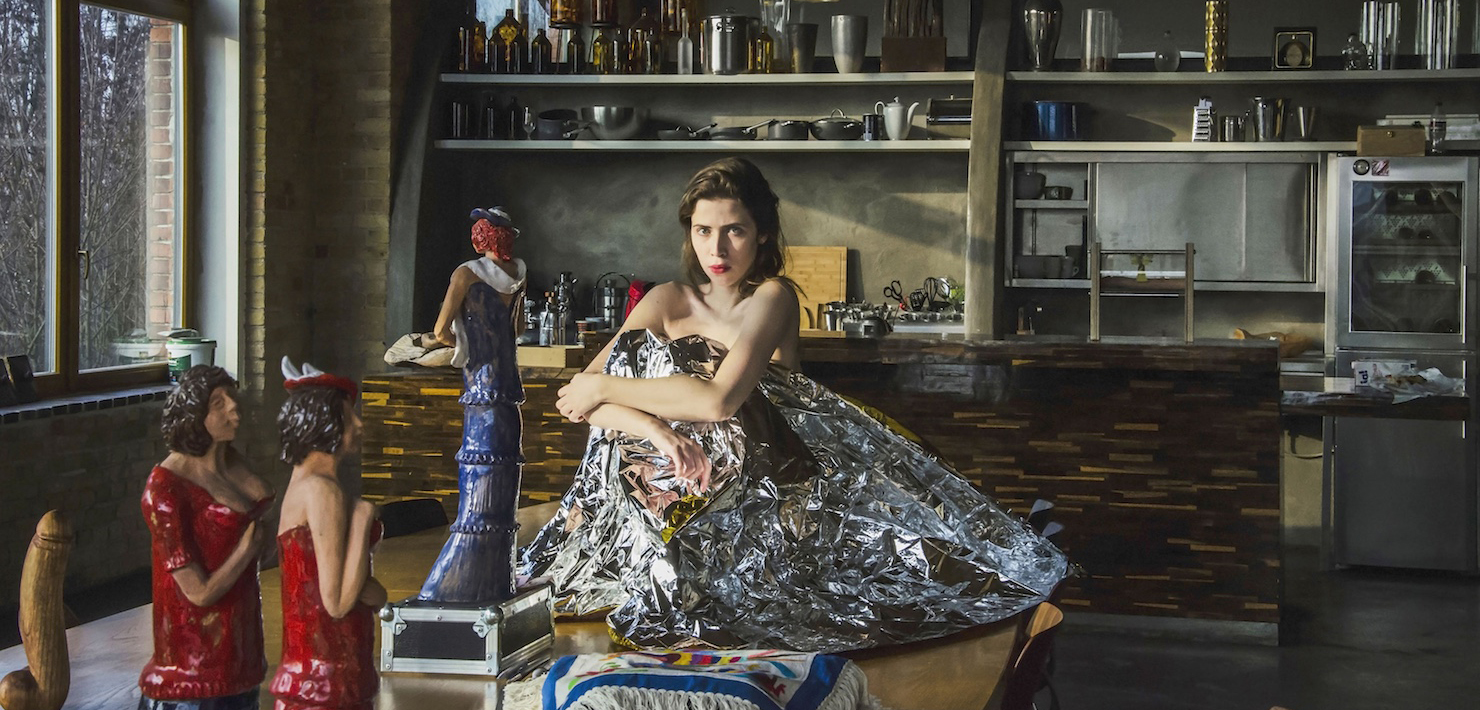


Neueste Kommentare